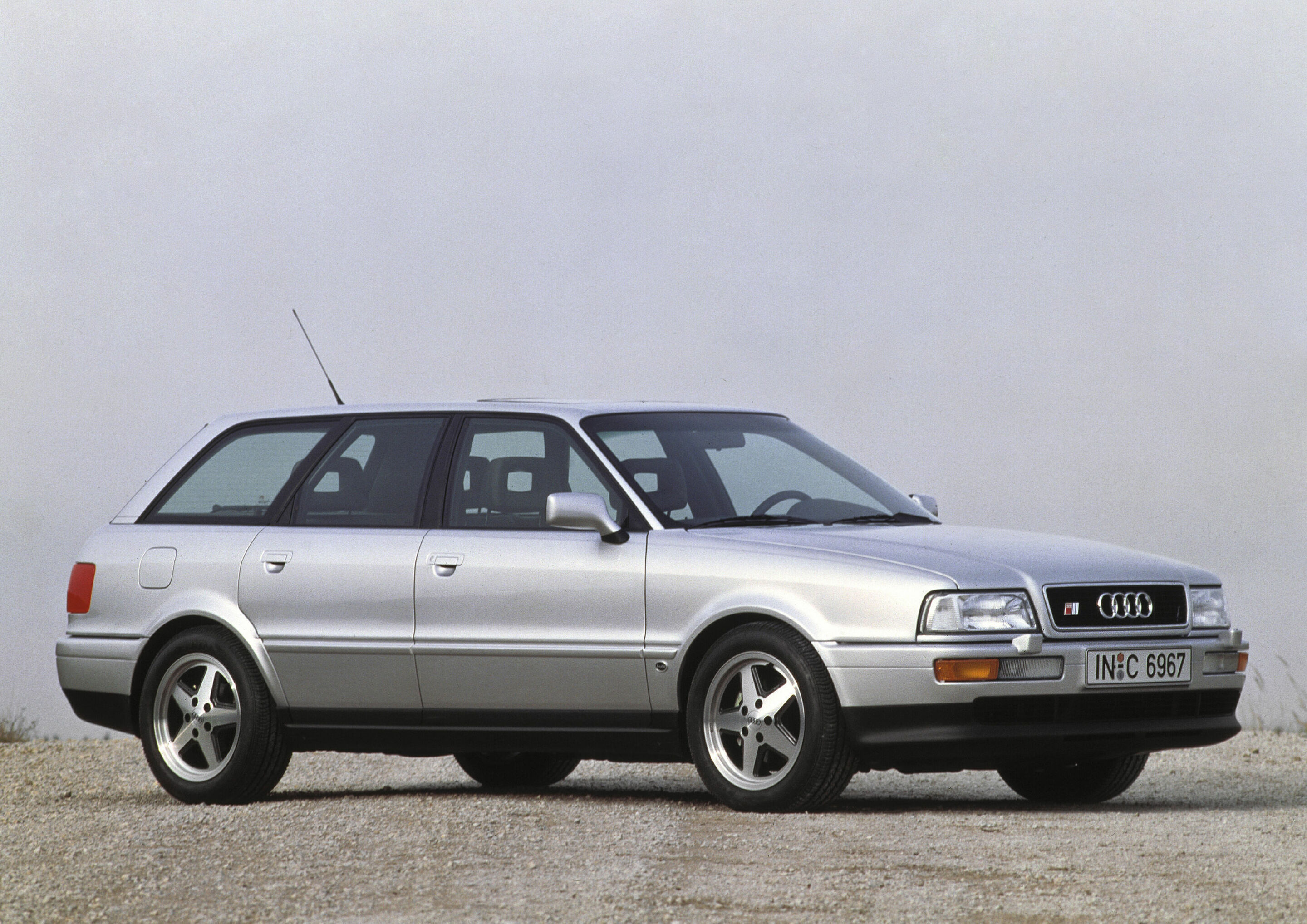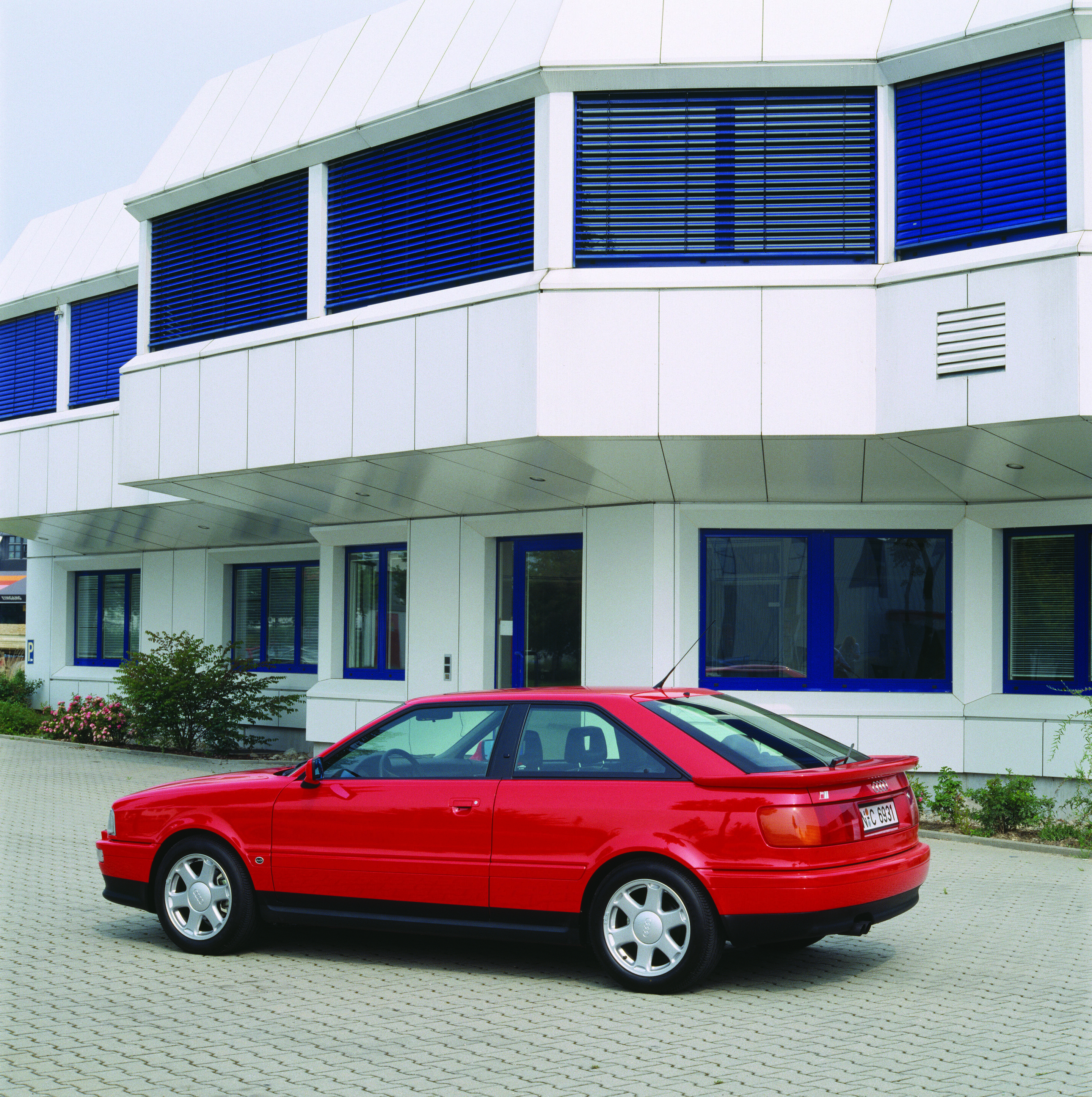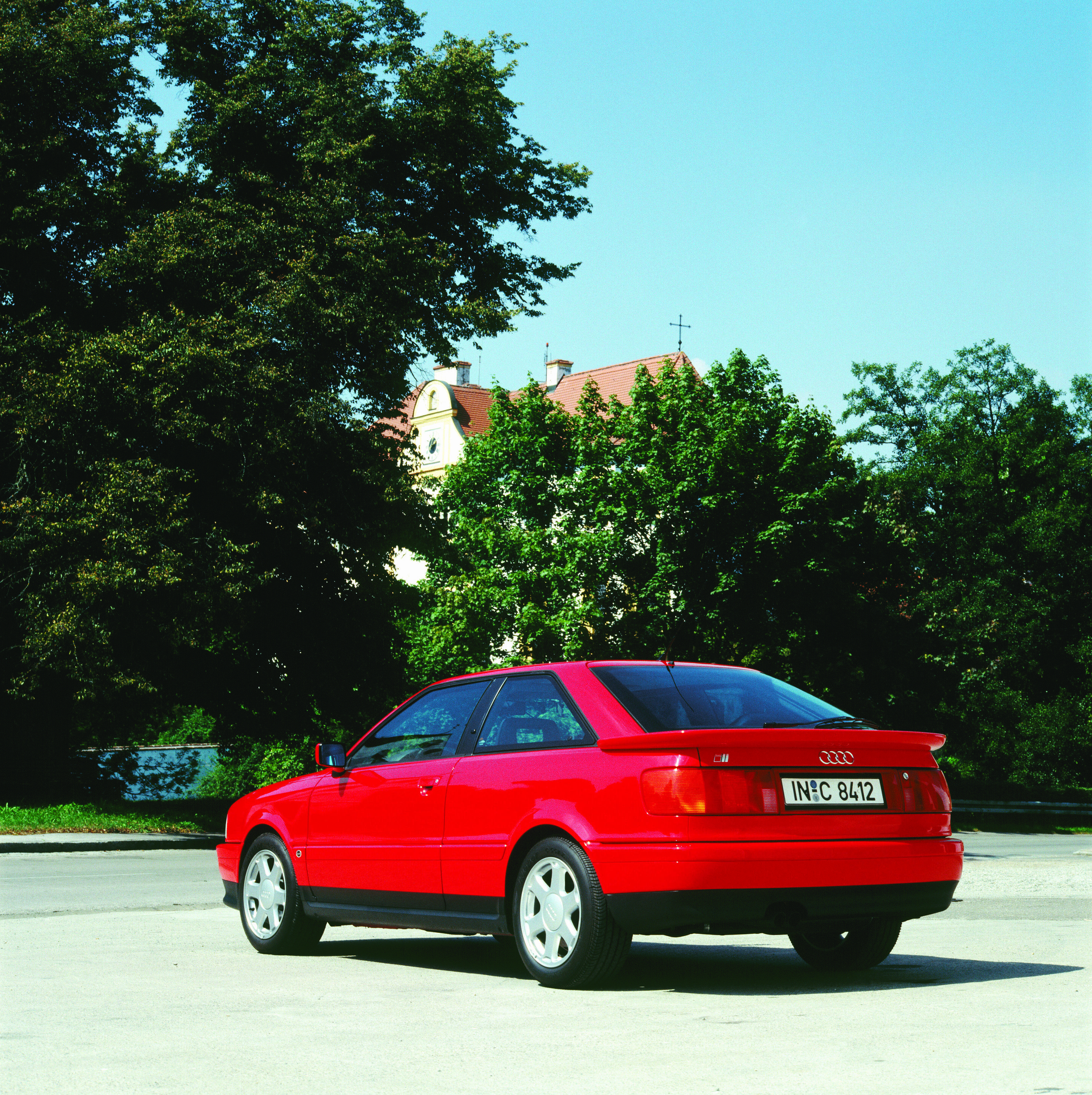Search

The four-door coupé demonstrates bundled technical expertise – and Audi’s passion for details. Powerful, sporty, and confident, it reflects the brand’s high standards for developing and building cars. The RS e-tron GT performance is the dynamic flagship for electric mobility at Audi.
In addition to a permanent-magnet synchronous motor (PSM) on the front axle with a reinforced driveshaft and an output of 252 kW (342 PS), the electric Gran Turismo features a newly developed PSM on the rear axle with an output of 415 kW (564 PS).The increased copper density of the special hairpin winding in the electric motors’ stator maximizes current conduction. Moreover, the rotor in the electric motor at the rear is more compact and lighter. Overall, Audi has reduced the weight of the electric motor on the rear axle by ten kilos. What’s more, both electric motors have power reserves for dynamic driving situations. Launch Control can briefly use resources from the HV battery and the electric motors for an output of up to 680 kW / 925 PS (combined power consumption: 20.8–18.7 kWh / 100 km; combined CO2 emissions: 0 g/km; CO2 class: A). Moreover, the front axle features modified power electronics with a revised pulse inverter, enabling higher discharge currents of up to 600 amps – 300 amps more than in the other variants, the Audi S e-tron GT and the Audi RS e-tron GT. The rear axle also operates at 600 amps. Audi has increased braking recuperation to 400 kW. The maximum deceleration value is 4.5 m/s2.

Fourth-generation Continental GT Speed becomes the most powerful road going Bentley ever created All-new 782 PS, 1000 Nm ‘Ultra Performance Hybrid’ powertrain 50 miles / 81 km of electric range, and CO2 emissions of 29 g/km 0-60 mph in 3.1 seconds (0-100 km/h in 3.2 secs) Top speed 208 mph (335 km/h) Latest generation brings bolder design DNA, with single headlamps, that heralds a design revolution for Bentley 68 per cent new components versus outgoing third generation World-leading four-seat interior can offer wellness seat technology, new air ionisation, 3D leather, new quilting and new dark chrome finish All new electrical architecture enables integration of new class-leading technology for unrivalled user experience in the luxury car sector ‘My Bentley App Studio’ integrates popular apps directly into the car New GTC Speed launched simultaneously with coupe sibling New Continental GT Speed sets unofficial ‘underwater speed record’ of 208 mph (335 km/h) through the deepest tunnel in the world Handcrafted at Bentley’s Dream Factory in Crewe, in a virtually limitless number of possible configurations
Bentley Motors is proud to reveal the fourth generation Continental GT Speed, following in the 21-year tradition of the Continental GT family by redefining the ultimate blend of supercar performance, handcrafted luxury and everyday usability.
A comprehensive exterior and interior redesign with clean modern detailing follow the new design DNA established by the coachbuilt Bentley Bacalar and Batur. Outstanding performance is brought by an all-new Ultra Performance Hybrid powertrain with 782 PS and 1,000 Nm, from a 4.0-litre V8 working in tandem with a 190 PS electric motor. 0-60 mph in 3.1 seconds is the result, with the benefit of 50 miles (81 km) of usable electric-only range (on the EU drive cycle) and a total range of 534 miles (859 km) – creating an everyday supercar.
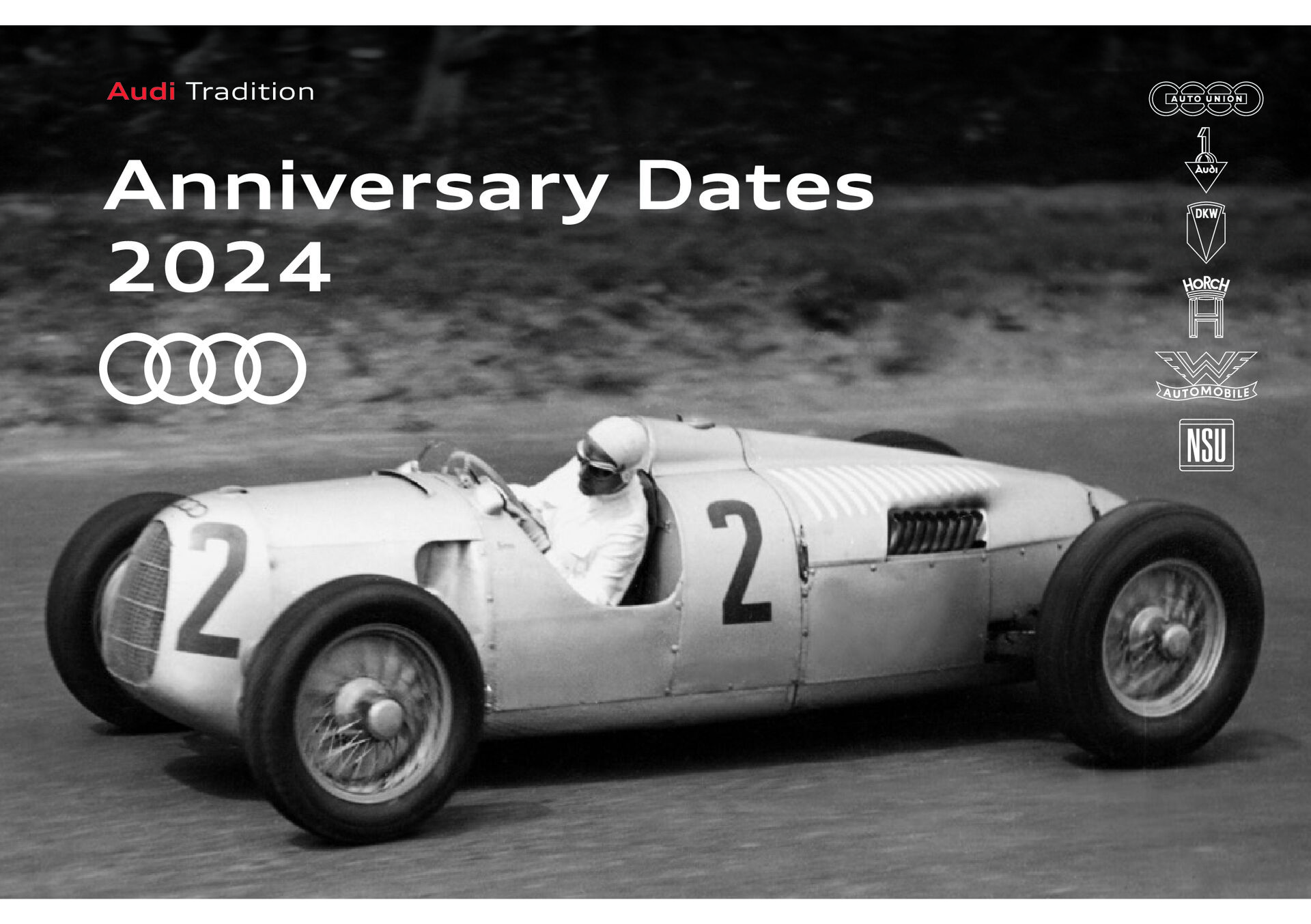 Audi Tradition - Anniversary Dates 2024
Audi Tradition - Anniversary Dates 2024
Anniversary Dates 2024 Audi Tradition Audi Tradition 2 Anniversary Dates 2024 Contents Anniversaries in Our Corporate History March 1999 25 Years Audi S3 ....................................................5 October 1994 30 Years Audi A4 ...................................................6 June 1994 30 Years Audi A6 ....................................................7 March 1994 30 Years Audi A8. ...................................................8 1994 30 Years Since Market Launch of Avant RS2 .............9 Autumn 1989 35 Years Audi duo ................................................10 Autumn 1989 35 Years of Audi Turbo-Diesel With Direct Fuel Injection (TDI) .....................................11 April 1984 40 Years Audi Sport quattro ..................................12 October 1974 50 Years Audi 50 ..................................................13 September 1969 55 Years Audi 100 Coupé S ....................................14 March 1969 55 Years Audi NSU Auto Union AG .........................15 March 1969 55 Years NSU K 70 ................................................16 December 1964 60 Years Since Takeover of Auto Union GmbH by Volkswagenwerk AG .........................................18 March 1964 60 Years DKW F 102 ............................................19 January 1964 60 Years DKW F 12 Roadster ................................20 Audi Tradition 3 Anniversary Dates 2024 August 1959 65 Years Since Start of Production of DKW Junior ...21 August 1959 65 Years Since Commissioning of New Factory .......23 September 1949 75 Years Since Founding of Auto Union GmbH, Ingolstadt ...........................................................24 September 1949 75 Years DKW Schnelllaster and RT 125 W .............25 1899 125 Years Since August Horch Founded His First Company ................................................27 Audi Tradition 4 Anniversary Dates 2024 Contents Motorsport June 1999 25 Years Le Mans ..................................................28
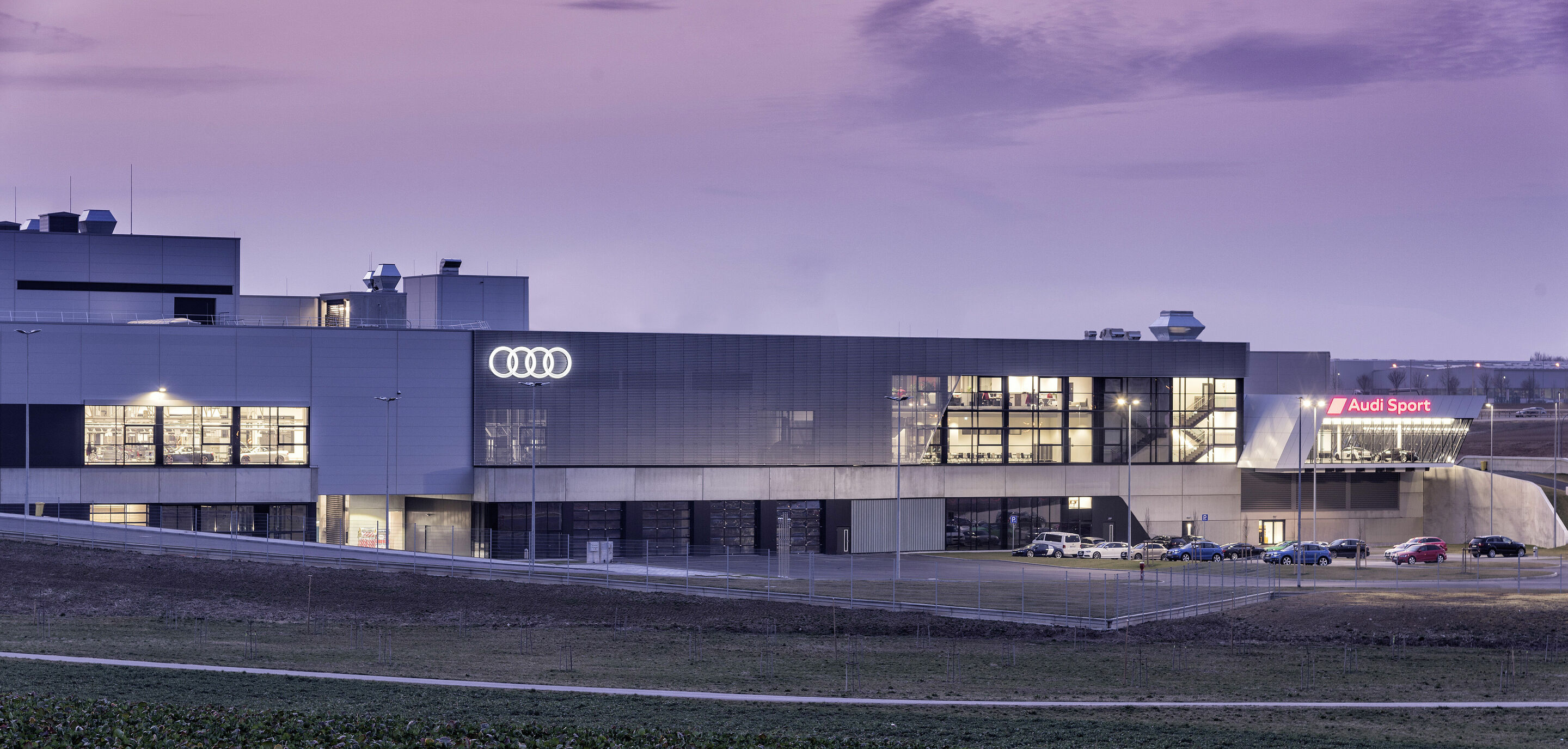 40 facts about 40 years of Audi Sport GmbH
40 facts about 40 years of Audi Sport GmbH
In March 1980, the brand with the four rings presented the quattro sports coupé, its first model with permanent all-wheel drive. This cutting-edge technology, which offers a particularly high level of dynamic handling, safety, and unique driving pleasure, is still the basic feature of all Audi RS models today. In 1983, Audi founded quattro GmbH as a wholly owned subsidiary. The original goals were to protect the quattro name and marketing rights internationally in a legal manner, and to supplement the Audi portfolio in a targeted way with sophisticated product and service ranges bearing the quattro logo. The original: Audi systematically extended the offering of vehicles with permanent all-wheel drive to all of its model ranges in the 1980s. To identify the forefather of all the brand’s all-wheel drive models, the first Audi quattro was later given the name “Ur-quattro” in German. With 147 kW (200 hp), the sports coupé was in the sports car league at the time. Thick cheeks: The characteristic fender flares – known as blisters – marked the first Audi quattro. This feature is at the core of Audi’s design DNA. “Making technology visible” is the name of this central design philosophy of the brand with the four rings. Audi also emphasizes the strong quattro character with this striking design feature on many of the current RS models. October 10, 1983: On this day, Audi founded quattro GmbH, which was renamed as Audi Sport GmbH in 2016. The name quattro GmbH unmistakably stands for the special note of individuality, sportiness, and exclusivity that Audi’s new corporate subsidiary delivers. Its first managing director was Jens Neumann. The development of the rhombus: The defining red rhombus of the Audi Sport brand dates back to 1981. It was first registered with the German Patent and Trademark Office on January 23, 1981, one day before the start of the Monte Carlo Rally, where the Audi quattro made its debut in rallying.
 Anniversary Dates 2022
Anniversary Dates 2022
A sporty version in the style of the Audi S2 did not come along until autumn 1996. The top-of-the-range Audi S4 was finally available from September 1997. Equipped with a 195 kW/265 hp V6 biturbo five-valve engine, the saloon and Avant were only available with permanent all-wheel drive. Modified bumpers with enlarged air intakes and side skirts painted in the same colour as the car made what was the sportiest A4 to date stand out from its less powerful basic versions. Six-speed gearboxes, a sports chassis and 17'' wheels were all standard features. From September 1997 until production ended after the 2001 plant holidays, 3,939 S4 saloon cars and 10,156 S4 Avant rolled off the production line. Market launch of Audi S4 (B5) 25 years Audi Tradition 6 Anniversary Dates 2022 Audi presented the new A6 in March 1997 at the Geneva Motor Show. The saloon was available from dealers by May 1997, with the Avant appearing in March of the following year. The fifth generation of the C-series – the former Audi 100 – polarised opinion with its design, which represented a radical departure from the company’s previous standard line. In the years which followed, the body with the domed roof and lots of rounded sections picked up several design awards, including in Tokyo the “Good Design Gold Prize” and the iF winner of Industrie Forum Design Hannover as “Best of Category” for excellent design. As the clear winner in the premium class in 1997, in March 1998 the A6 was also awarded the “Golden Steering Wheel” by the newspaper “Bild am Sonntag”. Up until production ended, of the saloon in March 2004 and the Avant in February 2005, a total of 1,010,518 Audi A6 C5 rolled off the production line. Market launch of Audi A6 (C5) 25 years Audi Tradition 7 Anniversary Dates 2022 Ludwig Kraus was born on 26 December 1911 in Hetten hausen near Pfaffenhofen. After studying mechanical engineering, in 1937 he joined Daimler- Benz AG as an engine designer.
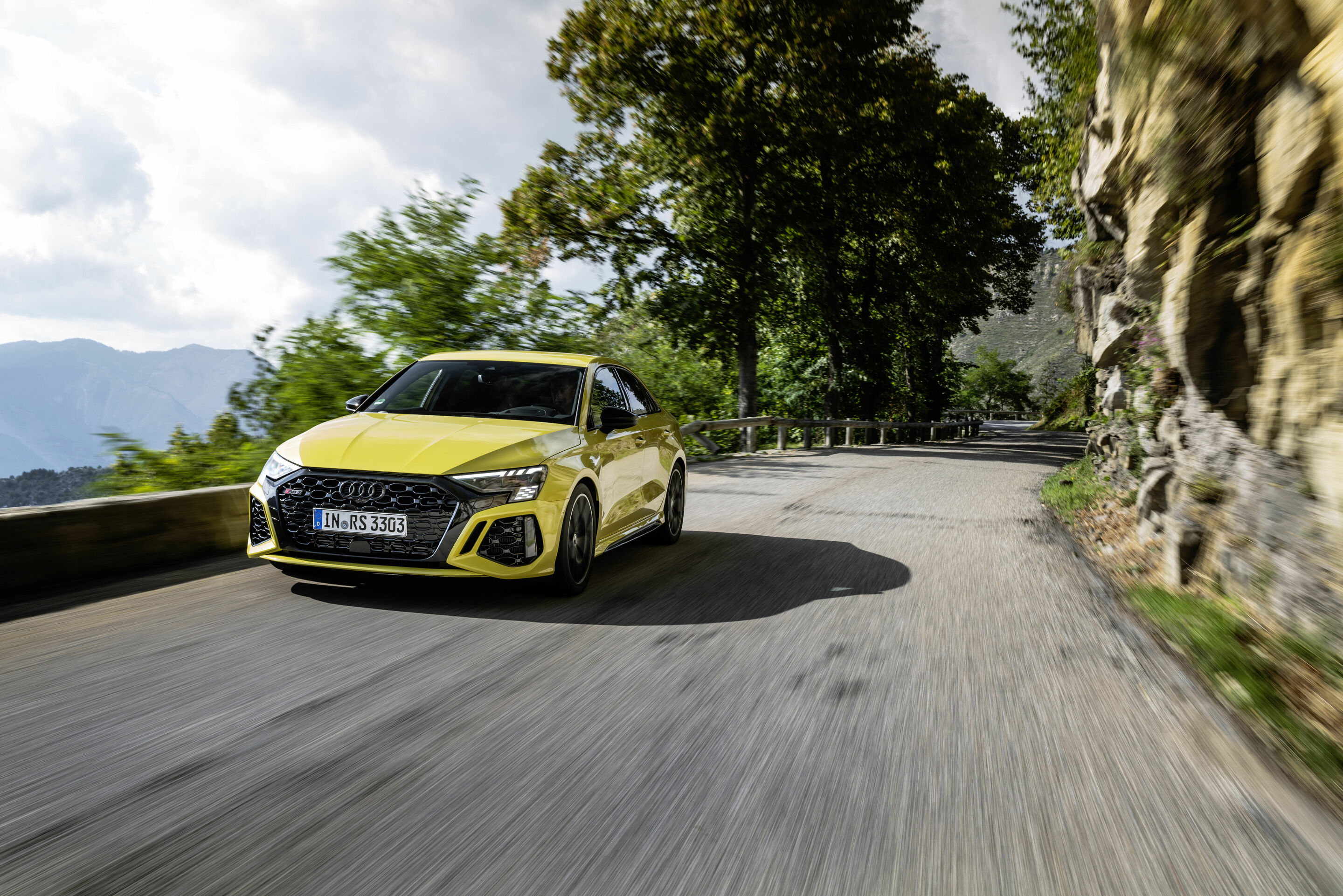
. The first five-cylinder engine of the new age is actually a commission project for the VW Jetta, produced by VW Mexico. For the US market, we want to develop a robust aspirated engine with high displacement and starting torque. “For us, that was the basis for reviving the turbocharged five-cylinder tradition,” says Pelzer. Pelzer, who had just taken over as head of engine construction back then, remembers that time well. “We had just finished developing the first five-cylinder successor engine, which was then initially transverse-mounted in the Audi TT RS,” he says. The TT RS plus, which Audi presented in 2012, even reaches 265 kW (360 PS) instead of the previous 340 PS. Extensive redevelopment For the new generation of the Audi TT RS
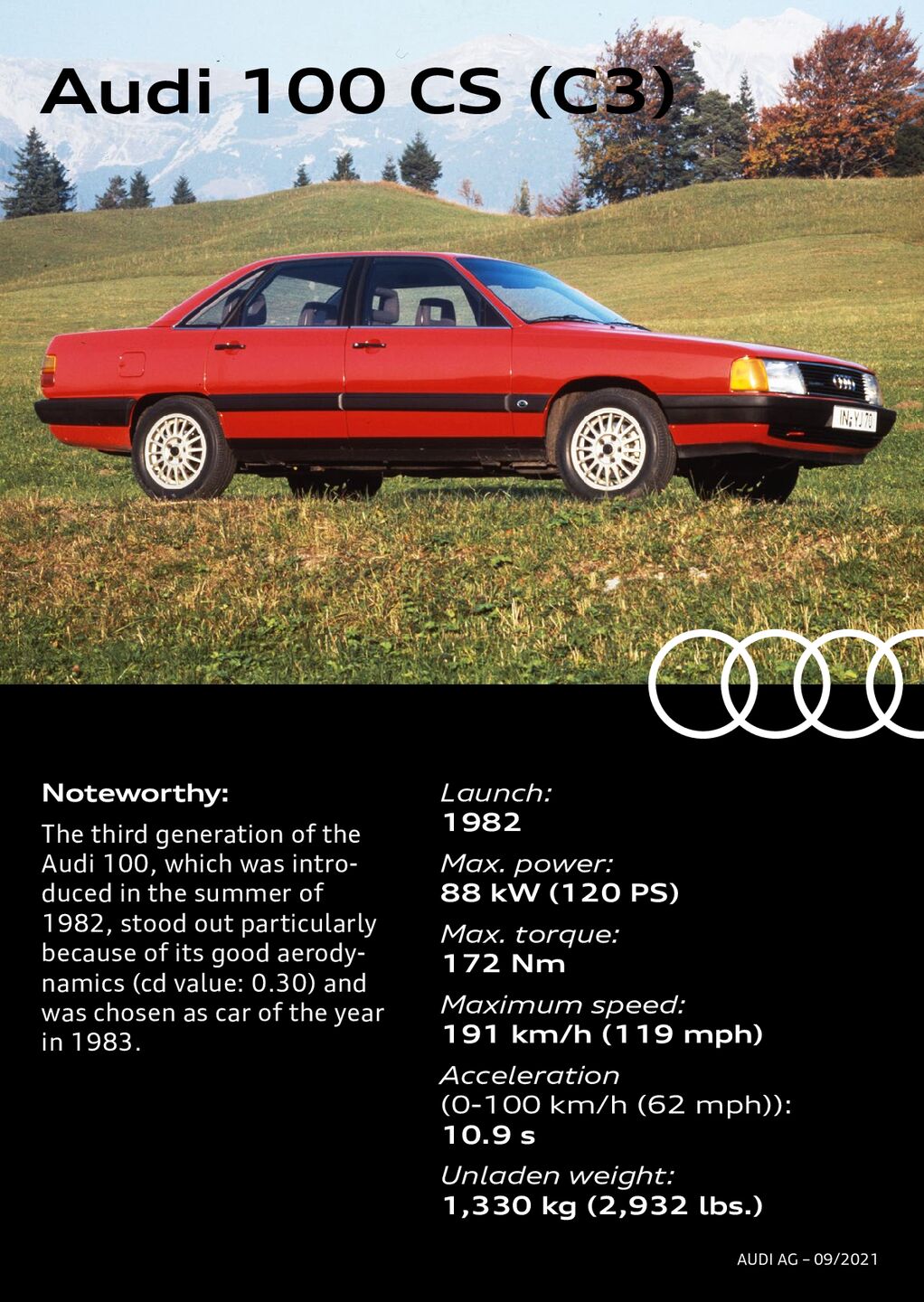 Car quartet
Car quartet
Audi 200 5T (C2) AUDI AG – 09/2021 Noteworthy: In the early 1990s, the S2 Coupé was supposed to succeed the Audi Ur-quattro. Today, well preserved cars from this line are rare and expensive because only 7,370 were produced. Launch: 1990 Max. power: 162 kW (220 PS) Max. torque: 309 Nm Maximum speed: 248 km/h (154 mph) Acceleration (0 –100 km/h (62 mph)): 6.1 s Unladen weight: 1,420 kg (3,130.5 lbs.) Audi S2 Coupé AUDI AG – 09/2021 Noteworthy: The “Ur-quattro” earned its good reputation above all at rallies, which in turn helped make it a popular car. Later on, almost every model offered a quattro version. Launch: 1980 Max. power: 147 kW (200 PS) Max. torque: 285 Nm Maximum speed: 222 km/h (138 mph) Acceleration (0 –100 km/h (62 mph)): 7.1 s Unladen weight: 1,300 kg (2,866 lbs.) Audi quattro AUDI AG – 09/2021 Launch: 1984 Max. power: 294 kW (400 PS) Max. torque: 460 Nm Maximum speed: 210 km/h (130.5 mph) Acceleration (0 –100 km/h (62 mph)): 4.4 s Unladen weight: 1,050 kg (2,314 lbs.) Noteworthy: The wheelbase was shortened by 32 centimeters (12.5 inches) as compared with the “Ur-quattro.” The Sport quattro is a light, compact powerhouse so it can meet the homologation requirements for group B rally cars. Audi Sport quattro Rallye AUDI AG – 09/2021 Noteworthy: The Audi Sport quattro S1 is one of the most extreme rally cars of all time. Stig Blomqvist won the Rallye Côte d’Ivoire in an S1 in 1984 and, in doing so, took the overall world championship for himself and Audi. Launch: 1985 Max. power: 350 kW (476 PS) Max. torque: 480 Nm Maximum speed: 210 km/h (130.5 mph) Acceleration (0 –100 km/h (62 mph)): 3.1 s Unladen weight: 1,090 kg (2,403 lbs.) Audi Sport quattro S1 AUDI AG – 09/2021 Noteworthy: In 2011, the Audi RS 3 was the culmination of the second generation A3s. The Sportback went on the market with a tubrocharged in-line five-cylinder engine with direct injection.
 Audi Anniversary Dates 2021
Audi Anniversary Dates 2021
The tornado-red four-seater car with a white leather trim was developed based on the engineering of the Audi Coupé, which was unveiled one year previously. A year and a half later, in March 1991, the production version made its first appearance at the Geneva Motor Show. The fully open Audi Cabriolet was initially only available with the tried-and-tested 2.3-litre five-cylinder engine; two different six-cylinder petrol engines, two four-cylinder petrol units and a four-cylinder TDI were gradually added to the range of engines or replaced individual engine specifications as the car was developed. A lack of capacity meant that towards the end of 1997 production of the Audi Cabriolet was relocated to the Rheine plant of the body-making specialist Karmann. 12,112 vehicles were built there until production ended on 27 July 2000. In total, 71,510 units of the first Audi Cabriolet were constructed. Audi Tradition 6 Anniversary Dates 2021 End of production of Audi quattro30 years In March 1980, Audi surprised the automotive world at the Geneva Motor Show by introducing an all-wheel- drive Coupé called the “Audi quattro” which was intended to herald a new chapter in automotive history. The idea for this high-performance vehicle with permanent four-wheel drive had evolved during winter testing in Finland in 1977. This was where the Iltis, an off-road vehicle with allwheel drive which Audi had developed for Volkswagen, convinced the engineers to pursue this line of development further because of the surprisingly good way it performed on snow and ice. The Audi quattro opened up completely new dimensions for driving stability. This was demonstrated in impressive style in rally racing with two drivers’ and two constructors’ world championships and two German championship titles.

